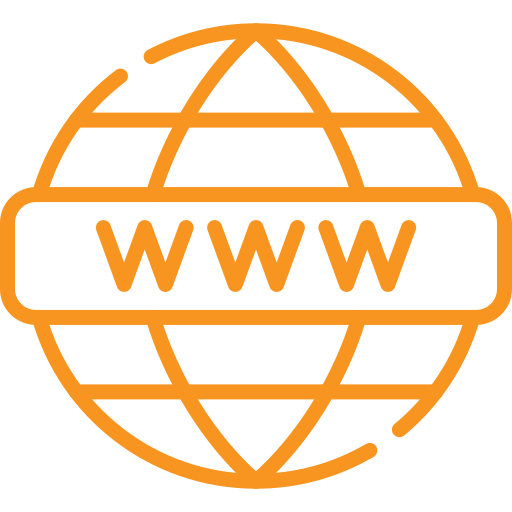Understanding the Basics of Crawling in SEO
index content on the internet. Crawling is the process where search engine bots, also known as spiders, systematically scan web pages by following links from one page to another. This allows them to gather information about each page’s content, structure, and links, which is then stored in a search engine’s index. This index is used to determine the relevance and ranking of web pages when users perform searches. By understanding crawling, you can better optimize your website for improved visibility in search results.
What is Crawling?
Crawling in SEO refers to the process by which search engines, like Google, scan and index web pages. This is done through bots or spiders that systematically browse the internet to gather information about websites.
How Do Search Engine Crawlers Work?
Search engine crawlers follow links from one page to another, collecting data about each page’s content. This information is then stored in a massive index, enabling search engines to retrieve relevant pages when users perform searches.
Importance of Crawling in SEO
Enhancing Website Visibility
Proper crawling ensures that your website’s pages are indexed, which directly impacts your site’s visibility in search engine results. Without crawling, your content might never be found by potential visitors.
Identifying and Fixing Crawl Errors
Crawl errors can prevent search engines from indexing your pages. Regularly checking for and fixing these errors is crucial to maintaining your site’s SEO health.
How to Optimize Your Website for Crawling
Create a Well-Structured Sitemap
A sitemap acts as a roadmap for search engine crawlers, guiding them through your website. Ensure your sitemap is up-to-date and includes all relevant pages.
Use Robots.txt Files Wisely
Robots.txt files instruct crawlers on which pages to crawl and which to ignore. Properly configuring this file helps you control how search engines interact with your site.
Ensure Mobile-Friendliness
Mobile optimization is crucial for crawling, as search engines prioritize mobile-friendly websites. A responsive design ensures that crawlers can easily navigate your site on any device.
Common Crawling Issues and How to Avoid Them
Broken Links and Dead Ends
Broken links can hinder crawling by leading search engines to dead ends. Regularly audit your site for broken links to ensure smooth crawling.
Duplicate Content
Duplicate content can confuse crawlers and negatively impact your SEO. Use canonical tags to indicate the preferred version of a page to avoid this issue.
Slow Page Load Times
Page speed is a ranking factor in SEO. Slow load times can cause crawlers to abandon your site before indexing all your pages. Optimize images, leverage browser caching, and minimize redirects to improve load times.
Conclusion
Effective Crawling for Better SEO Performance
Crawling is a fundamental aspect of SEO that can significantly impact your website’s visibility and ranking. By understanding and optimizing for crawling, you can ensure that search engines effectively index your content, leading to better search engine performance.
Partner with Fast Digitals for SEO Success
At Fast Digitals, we specialize in optimizing websites for crawling and overall SEO success. Contact us today to learn how we can help improve your website’s search engine performance.







